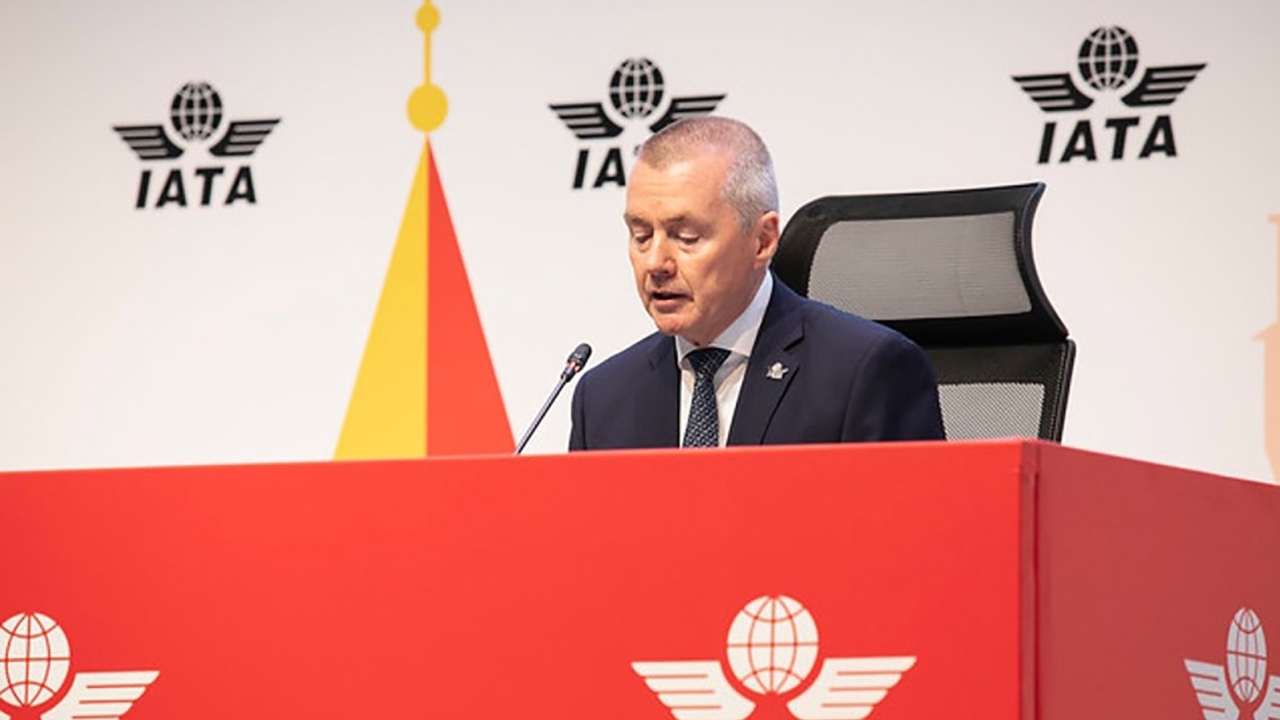New radar technologies from Airbus to improve air traffic control capabilities

The company has completed a demonstration in real scenarios in front of international customers which was testament to enhanced detection capabilities with a significant increase of detection range coverage to 120 NM (220 km). Other key features of ASR-NG are the complete mitigation of wind farm effects, a new Primary Surveillance Radar 3D height measurement and resistance against interference by 4G/LTE mobile phone signals.
“ASR-NG offers an extraordinary performance proven in an extensive test phase,” said Thomas Müller, head of Airbus Defence and Space’s Electronics business line. “With its new capabilities it addresses the most urgent and recent concerns of air surveillance and air traffic control customers.”
ASR-NG consists of a primary radar on the basis of a solid state transmitter and advanced signal processing technology for long-range surveillance. Its extreme sensitivity means that even very small objects such as mini drones, slow flying objects such as helicopters or even flocks of birds can be reliably detected and classified. Specifically developed algorithms allow for safe guidance of aircraft even in the vicinity of wind turbines, which is hardly possible with conventional air traffic control radar systems.
This extraordinary primary surveillance radar capability is combined with the MSSR 2000I (MSSR = Monopulse Secondary Surveillance Radar) secondary radar for automatic identification of individual aircraft. It meets the new air traffic control standards “Mode S” and “ADS-B”, which greatly improve aircraft identification queries and are currently being introduced in European airspace.
Stay up to date
Subscribe to the free Times Aerospace newsletter and receive the latest content every week. We'll never share your email address.

